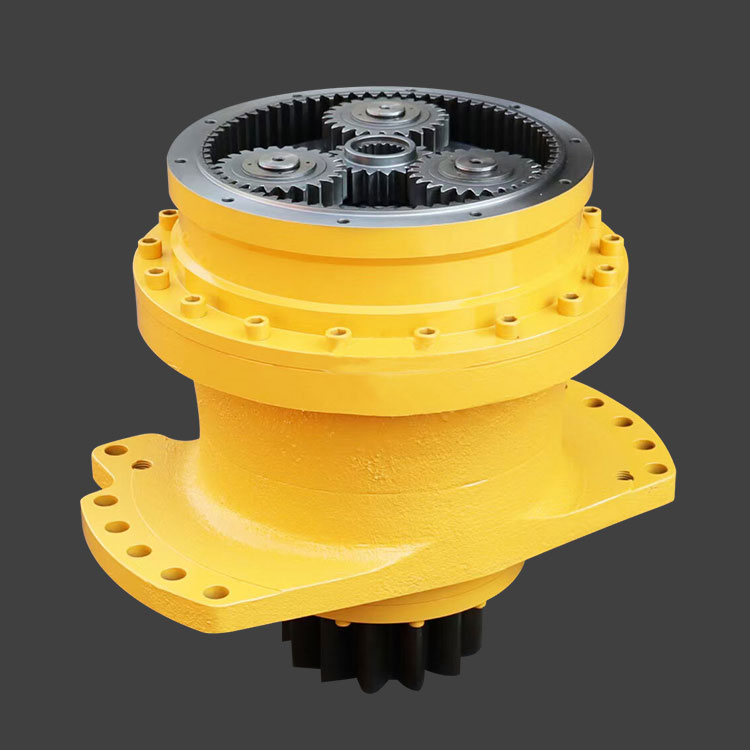Environmental Guardians: Exploring the Environmental Considerations of Swing Reduction Gearboxes
2024-03-22
In the realm of heavy machinery, swing reduction gearboxes play a vital role in facilitating precise rotation and maneuverability. While these components are essential for powering various industrial applications, it's important to consider their environmental impact. From operational efficiency to resource conservation, swing reduction gearboxes can influence environmental sustainability in several ways. In this blog, we'll delve into the environmental considerations associated with the use of swing reduction gearboxes and explore strategies for mitigating their environmental footprint.
1. Energy Efficiency:
Efficient operation of swing reduction gearboxes can contribute to energy conservation and reduced greenhouse gas emissions. By minimizing friction, optimizing gear design, and employing advanced lubrication systems, gearboxes can operate more efficiently, requiring less energy to perform their intended functions.
2. Lubricant Management:
Proper management of lubricants used in swing reduction gearboxes is essential for preventing environmental contamination. Spills or leaks of lubricants can pollute soil, waterways, and ecosystems, posing risks to wildlife and human health. Employing leak detection systems, implementing spill prevention measures, and using environmentally friendly lubricants can help mitigate the environmental impact of lubricant use.
3. Material Selection:
The choice of materials used in the construction of swing reduction gearboxes can influence their environmental sustainability. Opting for recyclable or renewable materials, such as aluminum or composite alloys, can reduce the environmental footprint associated with gearbox manufacturing and end-of-life disposal. Additionally, selecting materials with lower embodied energy can minimize the environmental impact of gearbox production.
4. Emissions Reduction:
Swing reduction gearboxes powered by fossil fuel engines can contribute to air pollution through the emission of greenhouse gases and pollutants. Implementing emission control technologies, such as catalytic converters or exhaust gas recirculation systems, can reduce the environmental impact of gearbox emissions. Additionally, transitioning to alternative power sources, such as electric or hybrid propulsion systems, can further mitigate emissions and promote environmental sustainability.
5. Lifecycle Assessment:
Conducting lifecycle assessments of swing reduction gearboxes can provide valuable insights into their environmental impact across their entire lifecycle, from raw material extraction to end-of-life disposal. Assessments may consider factors such as energy consumption, emissions, resource utilization, and waste generation, helping identify opportunities for improvement and optimization.
6. End-of-Life Management:
Proper end-of-life management of swing reduction gearboxes is essential for minimizing their environmental impact. Recycling or reusing gearbox components can conserve valuable resources and reduce landfill waste. Implementing take-back programs or extended producer responsibility initiatives can ensure responsible disposal and recycling of gearbox components at the end of their useful life.
Conclusion:
In conclusion, while swing reduction gearboxes are indispensable components of heavy machinery, their use can have environmental implications. By prioritizing energy efficiency, implementing effective lubricant management practices, selecting sustainable materials, reducing emissions, conducting lifecycle assessments, and implementing responsible end-of-life management strategies, the environmental impact of swing reduction gearboxes can be minimized. As stewards of the environment, manufacturers, operators, and users of heavy machinery have a responsibility to consider and mitigate the environmental considerations associated with swing reduction gearboxes, contributing to a more sustainable and eco-friendly future.



